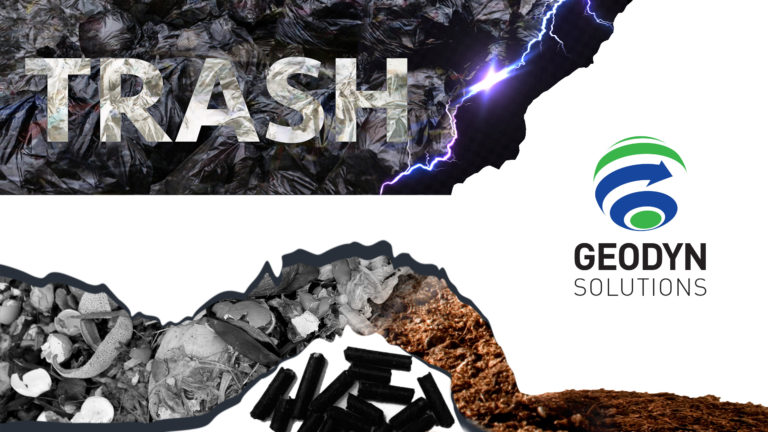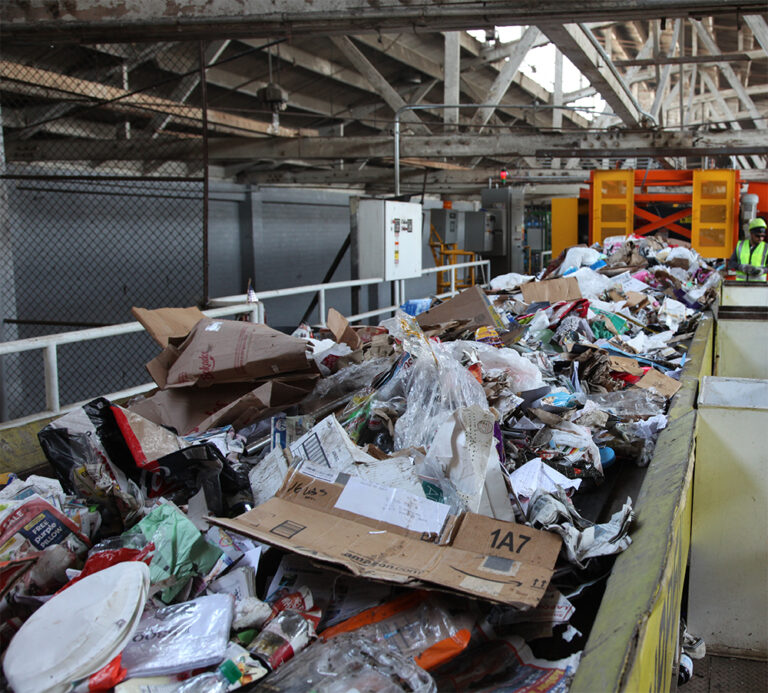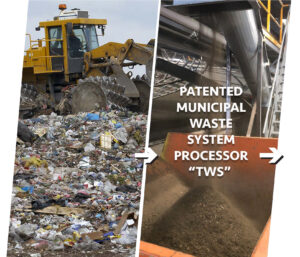In a small town in Kenya, nestled amid lush green hills, there lived a community that faced an ever-growing problem: waste tires. The discarded tires were piling up at an alarming rate, posing a severe environmental and health risk. Locals worried about spreading diseases and the threat of fires, but no one knew how to tackle the problem effectively.
Then one day, a young entrepreneur named Kamau read about a technology called Geodyn solution pyrolysis. This process could treat waste tires and generate income from the valuable outputs. Intrigued, Kamau began researching Geodyn solution pyrolysis and its potential benefits to his community.
 After months of gathering information and resources, Kamau approached the local government with his proposal. He shared his vision of a waste tire management facility that would use pyrolysis to convert discarded tires into valuable products like fuel, carbon black, and steel. The officials, impressed by his determination and thorough research, agreed to support Kamau’s project.
After months of gathering information and resources, Kamau approached the local government with his proposal. He shared his vision of a waste tire management facility that would use pyrolysis to convert discarded tires into valuable products like fuel, carbon black, and steel. The officials, impressed by his determination and thorough research, agreed to support Kamau’s project.
Kamau and the local government established a state-of-the-art pyrolysis plant on the outskirts of town. The facility began collecting waste tires from the community and processing them through the pyrolysis reactor. The high temperatures in the reactor broke down the tires into gases, which were then cooled and condensed into valuable outputs.
The community soon saw the benefits of this innovative approach to waste tire management. The unsightly piles of tires that once littered the town were now being converted into valuable commodities. The fuel produced from the pyrolysis process was sold to local industries, while the carbon black and steel found uses in various manufacturing sectors. The income generated from these products was reinvested into the town’s infrastructure and social programs.
As news of the project’s success spread, other towns in Kenya began to take notice. They, too, started implementing similar waste tire management systems, turning an environmental problem into a sustainable source of income. Kamau’s vision was becoming a reality on a national scale.
In time, Kenya’s waste tire management initiatives caught the attention of international organizations, which praised the country for its innovative and environmentally friendly approach. Kenya’s success story inspired other countries to adopt similar waste tire treatment methods, leading to a global movement toward sustainable waste management.
Kamau’s determination and vision transformed his community and sparked a change that rippled across the world. The once-overlooked problem of waste tires has become an opportunity to generate income and create a cleaner, greener future for future generations.




